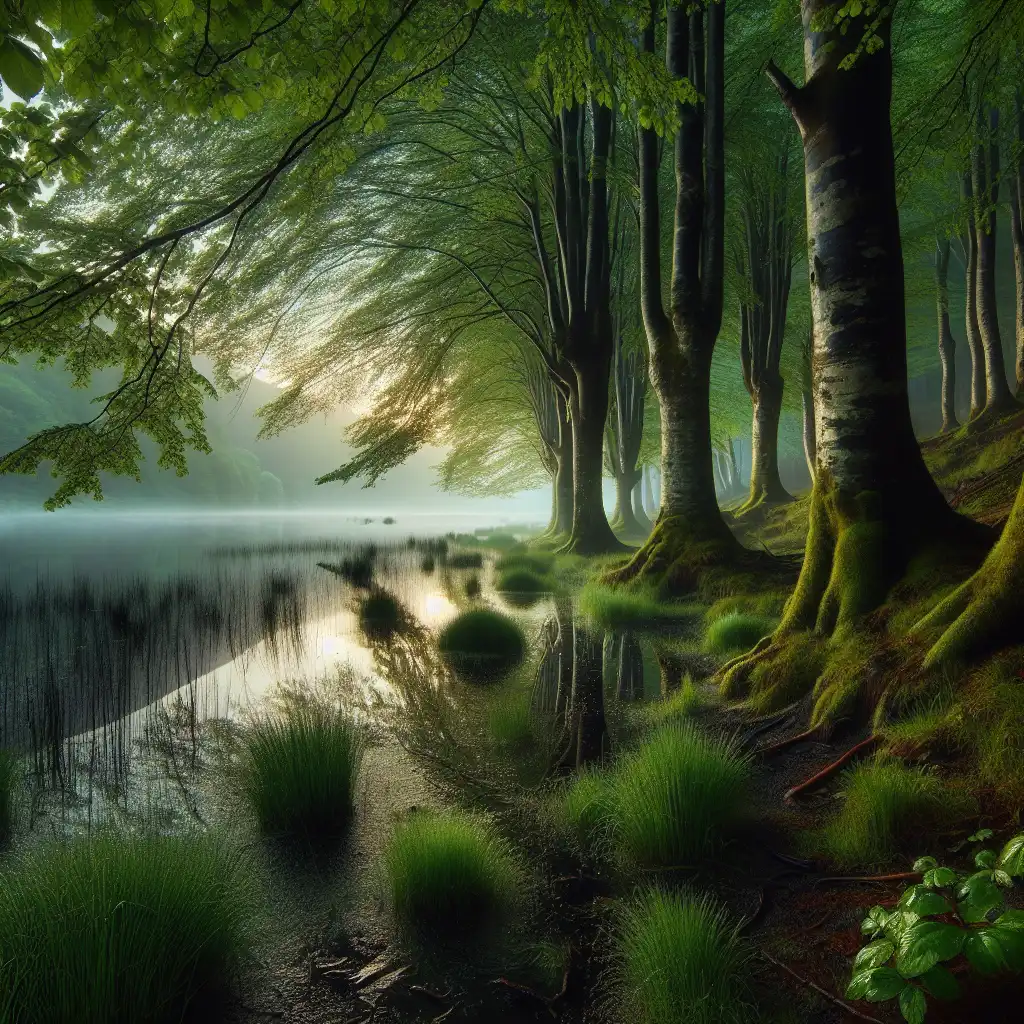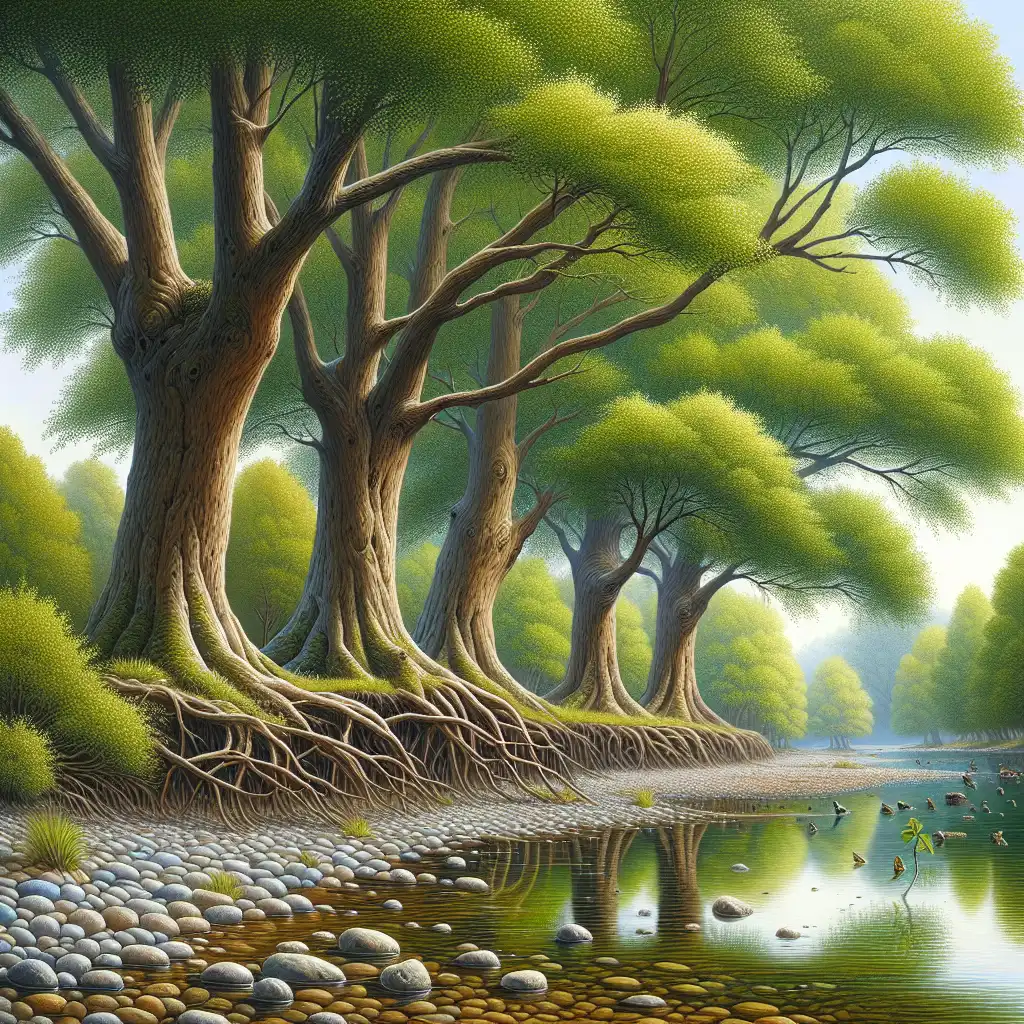
Alder
Natural Habitat
Alders grow near water sources; think rivers, lakes or wetlands when you come across this word.  The alder trees thrive in the moist soil along the lakeshore.
The alder trees thrive in the moist soil along the lakeshore.
Ecosystem Role
Alder trees support wildlife and help to reduce erosion, which makes their mention often positive in environmental contexts.  Alders play a crucial role in maintaining the riverbank's integrity.
Alders play a crucial role in maintaining the riverbank's integrity.
Cultural Uses
Knowing that alder bark is used for dying helps identify cultural or historical contexts where alder might appear.  Craftsmen used alder bark to dye the leather for the king's armor.
Craftsmen used alder bark to dye the leather for the king's armor.